I have always been a sports nut. Growing up, I wouldn't go to bed without first calling the Washington Post's automated sports hotline for 'current' sports scores (delayed by 15-30 minutes); and over breakfast, I'd scour over newspaper box scores for details. Years later, the habit hasn't changed... just the routine: newspaper clippings have been replaced by ever-updated web content, apps, podcasts, shows, feeds, SMS alerts, etc. I am also a tech / product geek... which explains the existence of this blog and my investment philosophy (at the highest level: find product visionaries / leaders building truly compelling, engaging product experiences). It also explains what I have loved best about early-stage tech investing: the opportunity to work with driven entrepreneurs on evolving the business, the product and the relationship with their users.
I am excited to combine those two passions (product + sports) at ESPN. I will be joining as Senior Vice President of Product Development and focused on digital product across all screens: including ESPN.com, ESPN Mobile, WatchESPN and ESPN3, Fantasy and social media.
It is bittersweet of course: I have been with Polaris Ventures the last 3+ years and I've been part of the extended Polaris family for much longer. I helped to build Polaris' west coast office and the @dogpatchlabs community & brand. And I am grateful to have worked closely with such a great and diverse collection of founders, executives and companies. One of the unique attractions of Polaris is it's diversity in sector, stage and investor: from seeds to growth and consumer tech to life science.
Thanks to the fantastic Polaris team and family: Dave, Jon, Terry, Amir, Alan, Alan, Brian, Bryce, Jason, Peter, John, Gus, Noel, Kevin and the larger team. And thanks to the Polaris portfolio, of which I have been privileged to work with - including: Formspring, KISSmetrics, LOLapps, PostRocket, ReadyForZero, Recurly, ShoeDazzle, Sosh, Space Monkey, Spindle, Wantful, Wordpress, and many others.


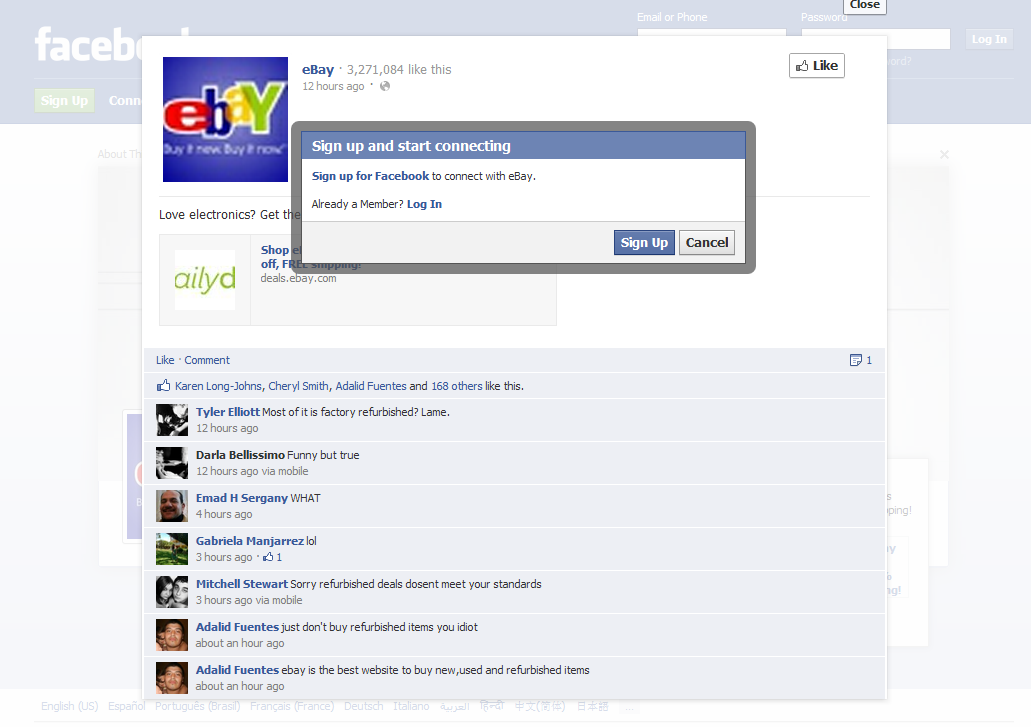
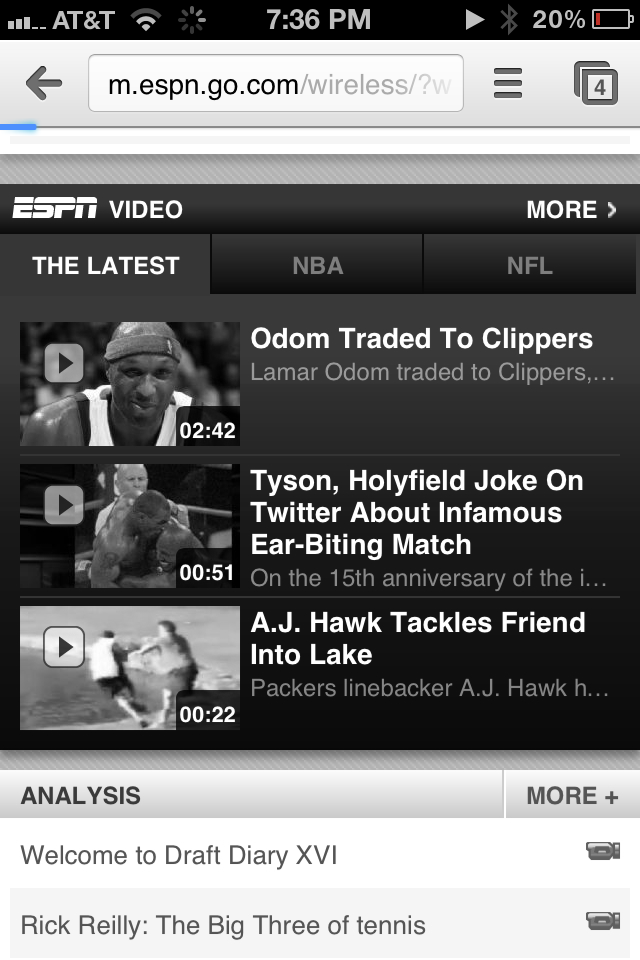

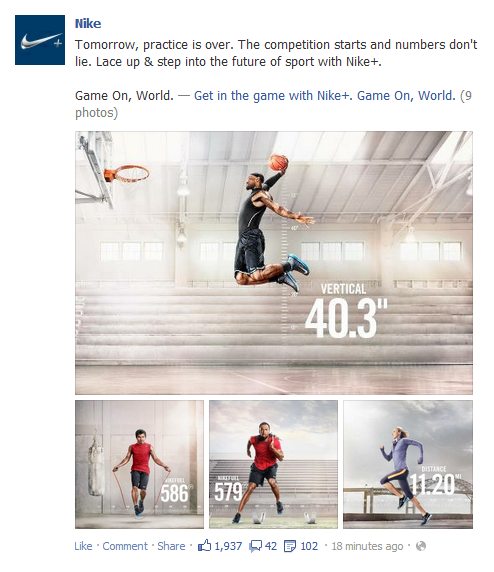
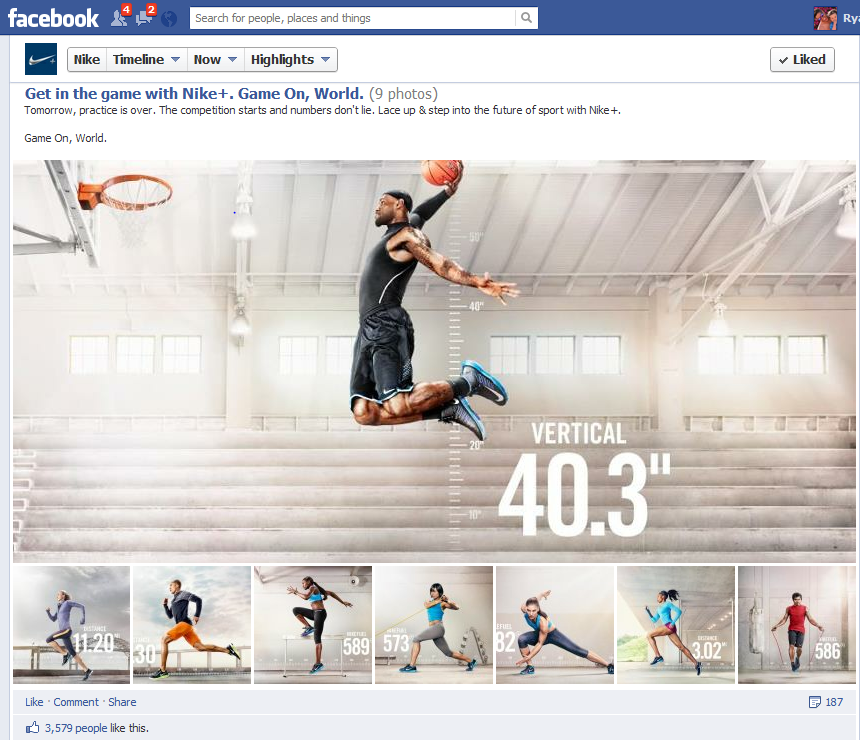
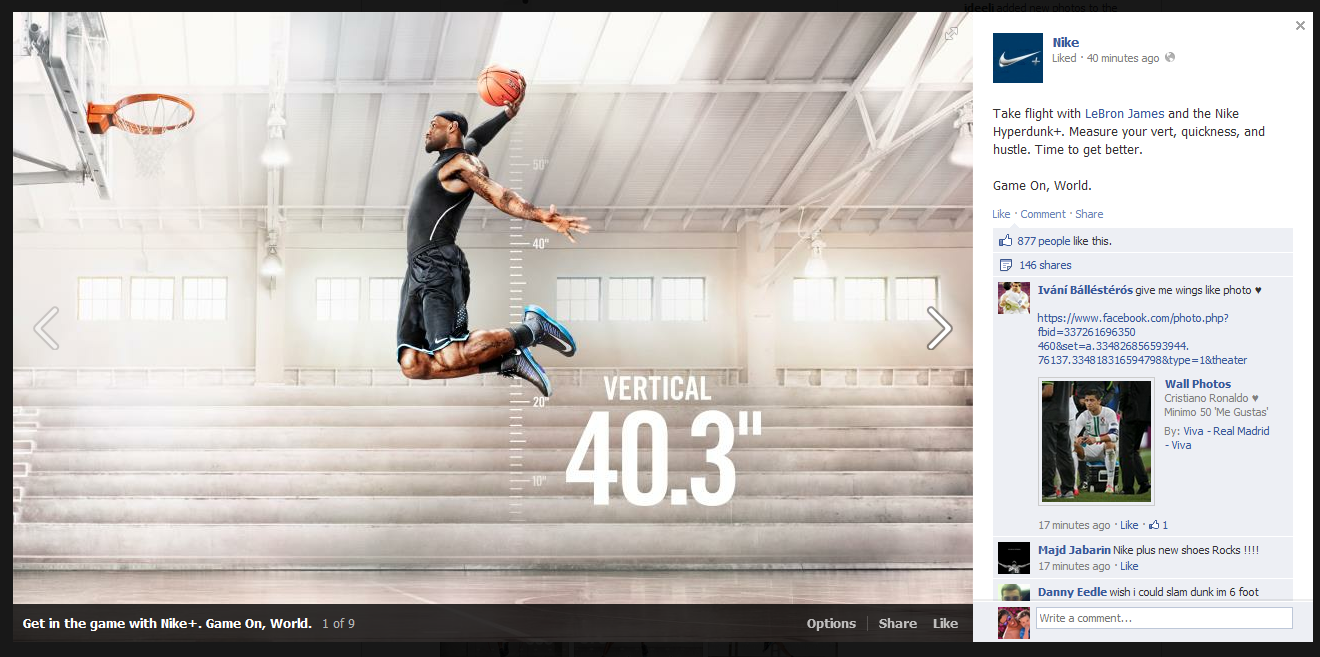



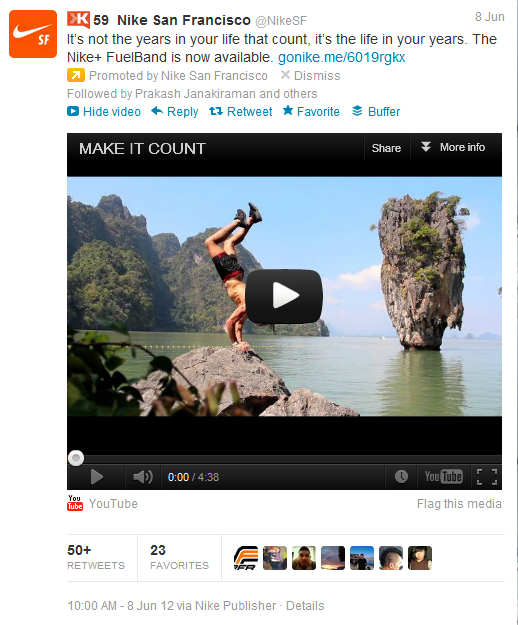

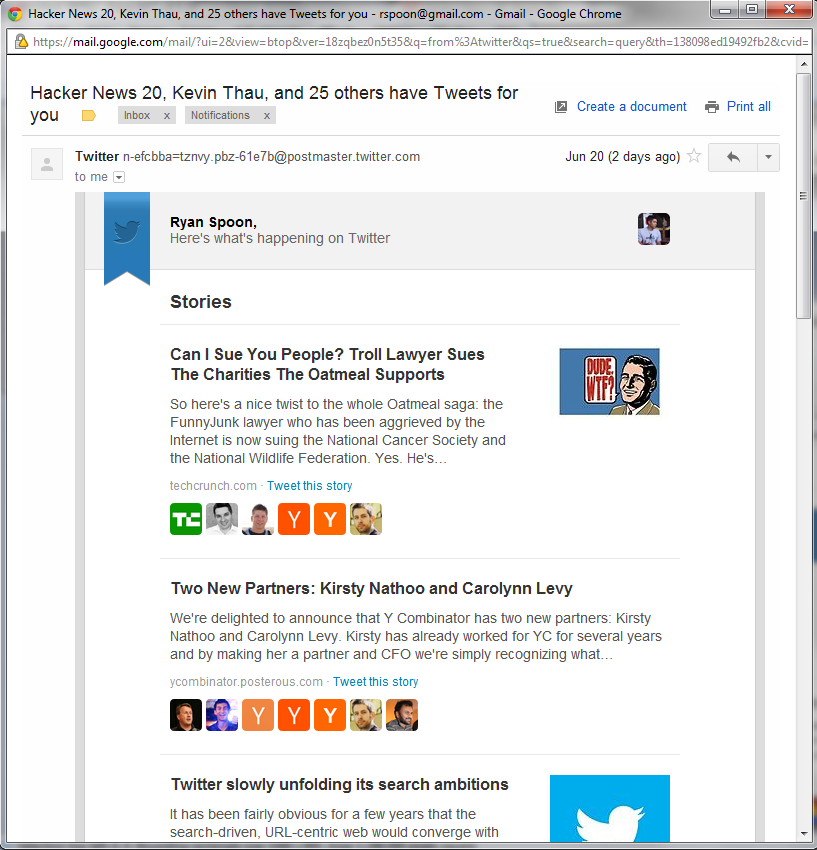
 I saw this sponsored post atop my Facebook feed the other day:
- 64 Facebook friends like Game of Thrones
- 1 of those is Mark Zuckerberg
- I had not yet liked Game of Thrones, despite thinking its the single best show on television
I saw this sponsored post atop my Facebook feed the other day:
- 64 Facebook friends like Game of Thrones
- 1 of those is Mark Zuckerberg
- I had not yet liked Game of Thrones, despite thinking its the single best show on television